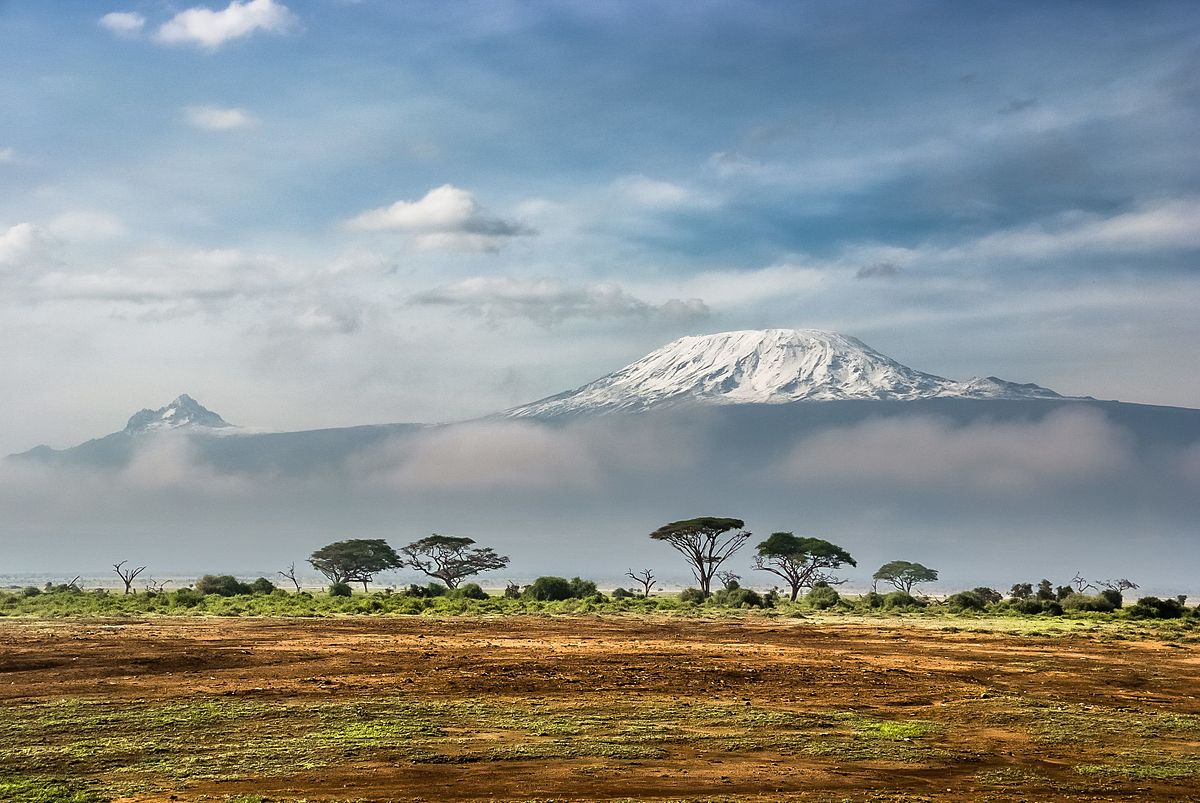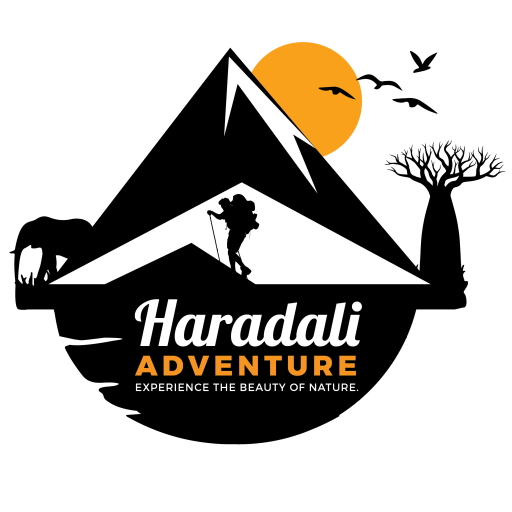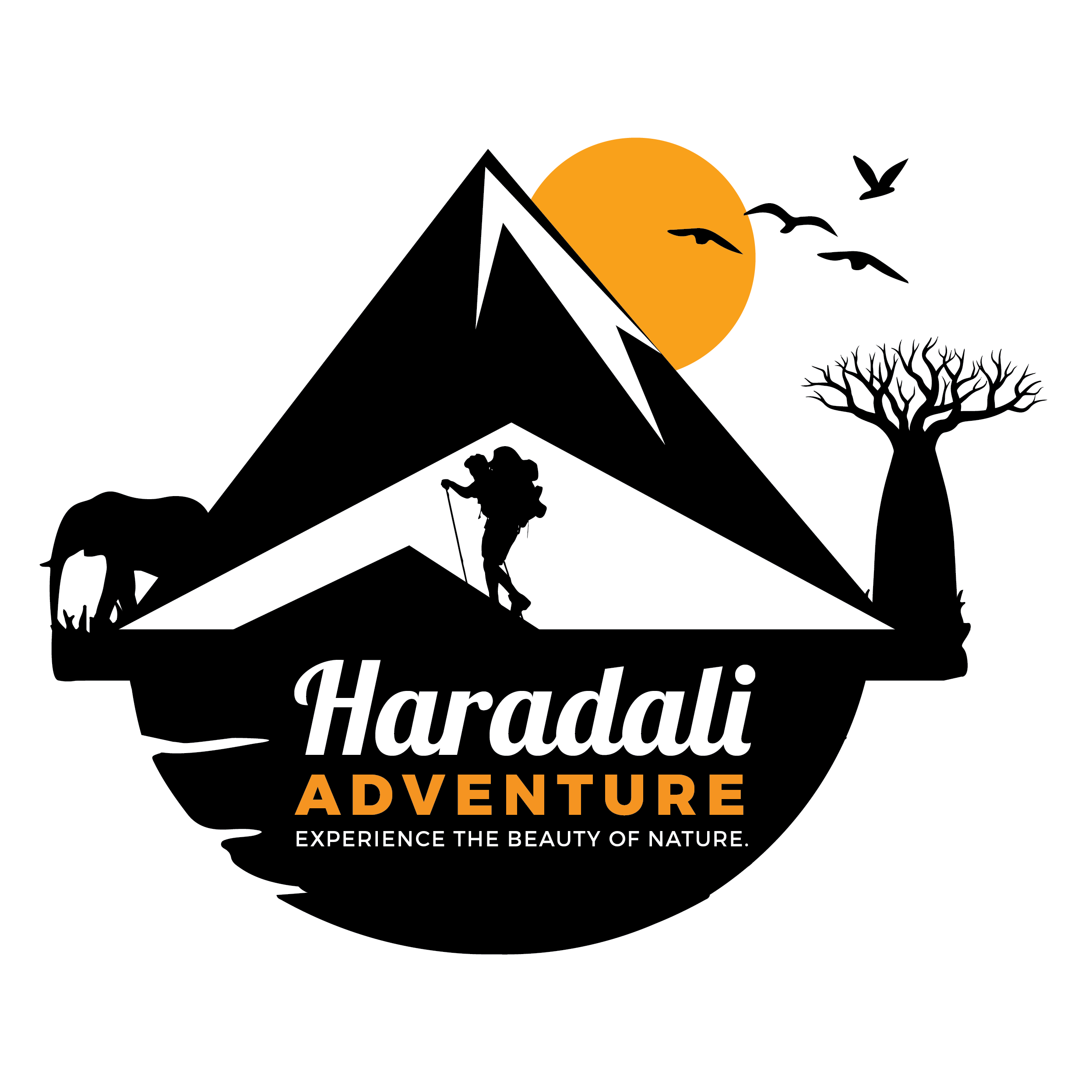
Conquer Africa’s Tallest Peak
Standing tall at 5,895 meters (19,341 feet), Mount Kilimanjaro is not just the highest mountain in Africa but one of the most iconic climbs in the world. Situated in Tanzania, this majestic dormant volcano attracts thousands of adventurers every year, each drawn to its beauty, challenge, and the desire to reach the “roof of Africa.” Whether you’re an experienced mountaineer or a first-time climber, Kilimanjaro offers an experience that blends natural wonders, diverse ecosystems, and a sense of achievement that’s hard to match anywhere else on the planet.
In this post, we’ll dive into everything you need to know about climbing Mount Kilimanjaro: the routes, preparation, tips, and what to expect during the journey. Whether you’re still considering the climb or are already planning your adventure, this guide will ensure you’re fully prepared for the challenge.
Reaching Uhuru Peak is not just about standing at the highest point of the mountain; it’s about standing at the summit of your own potential.
1. Why Climb Mount Kilimanjaro?
Climbing Mount Kilimanjaro is a dream for many, not only because it’s the tallest peak in Africa, but also because it offers an incredible challenge and the chance to experience breathtaking landscapes that change with every step. Unlike other high-altitude peaks, Kilimanjaro doesn’t require technical climbing skills, making it accessible for those in good physical condition and with a bit of mental determination.
But the real reason to climb Kilimanjaro? The sense of achievement you feel standing on the summit, gazing out over the African plains. Reaching Uhuru Peak—the highest point on the mountain—is a momentous occasion that few get to experience. The panoramic views of the surrounding landscape, the stunning glaciers, and the vast expanse of Tanzania below make it all worth it.
2. Overview of Kilimanjaro’s Routes
Mount Kilimanjaro offers a variety of routes, each with its own distinct features. Choosing the right route depends on your fitness level, the time you have available, and the type of experience you want.
Marangu Route (Coca-Cola Route)
This is the most popular and one of the easiest routes on Kilimanjaro, often referred to as the Coca-Cola Route due to its popularity. The Marangu route is a 5-6 day trek and offers the convenience of hut accommodations, which is unique among Kilimanjaro’s routes.
While it’s easier than some of the other routes, it’s still a challenging climb due to the altitude. The Marangu route is best suited for those who prefer a shorter, more comfortable climb with less wilderness camping.
Machame Route (Whiskey Route)
The Machame Route is the most scenic and one of the most challenging on the mountain, often called the Whiskey Route due to its more difficult terrain. This 6-7 day trek is popular with climbers who want a more immersive experience in the wild, with stunning views of the mountain and varied landscapes.
The Machame route is known for its gradual ascent, allowing for better acclimatization, but it’s physically demanding. The hike features camping at different altitudes, adding to the overall experience. It’s ideal for those who have some trekking experience or who are physically fit and looking for a more rewarding challenge.
Lemosho Route
The Lemosho Route is considered one of the most scenic and least crowded routes, making it a great choice for those seeking a quieter experience on the mountain. The 7-8 day trek provides ample time for acclimatization and offers incredible views, especially during the ascent.
This route is ideal for those looking for a more peaceful trek that allows for gradual altitude gain, reducing the risk of altitude sickness. The Lemosho route also provides a perfect opportunity to summit via the Western Breach, a unique and less-traveled ascent.
Rongai Route
The Rongai Route is the only route that approaches Kilimanjaro from the north, offering a completely different experience compared to the others. It is less crowded, and its more gradual ascent makes it ideal for first-time trekkers. The 6-7 day trek provides stunning views of the Kenyan side of the mountain.
The Rongai route is less challenging than some of the other routes but offers a quieter, more remote experience, with more time spent in wilderness areas.
Umbwe Route
The Umbwe Route is the steepest and most direct path to the summit, making it the most challenging. The 5-6 day trek is for experienced trekkers who are looking for an intense challenge. This route is ideal for those who want to push their limits, but it comes with a higher risk of altitude sickness, so extra care and acclimatization are essential.
3. What to Expect on the Climb
Altitude and Acclimatization
The most significant challenge of climbing Kilimanjaro is the altitude. The higher you climb, the less oxygen is available, and this can cause altitude sickness (AMS). Symptoms can range from mild headaches and dizziness to nausea and vomiting.
Acclimatization is critical to minimize the effects of altitude sickness. That’s why it’s essential to choose a route that allows for gradual ascent, like Lemosho or Machame, which provide enough time for your body to adjust. Many trekkers also take rest days at high altitudes to give their body time to adapt.
Wildlife and Ecosystems
Kilimanjaro is home to a variety of ecosystems, each with its own unique flora and fauna. As you ascend the mountain, you’ll pass through tropical rainforests, moorlands, and alpine deserts, each hosting different wildlife species. You might encounter monkeys, elephants, and a variety of birds on lower slopes, and as you get higher, the environment becomes more barren and alpine.
Despite being a non-technical climb, Kilimanjaro’s scenery offers an unparalleled opportunity to witness the changing landscapes of the mountain, from lush greenery to barren, rocky terrain.
4. Kilimanjaro’s Different Climate Zones
Kilimanjaro is known for its diverse climate zones. Depending on the route you take, you’ll experience several microclimates, including:
- Rainforest Zone (2,700m/8,858ft): The lower slopes are lush and filled with tropical trees, ferns, and a variety of wildlife.
- Moorland Zone (3,500m/11,483ft): As you ascend, the landscape becomes drier, and the flora transitions to grasses, shrubs, and giant groundsel plants.
- Alpine Desert Zone (4,500m/14,764ft): Here, the terrain becomes harsh and barren, with minimal vegetation, and conditions become extremely cold and windy.
- Summit Zone (5,895m/19,341ft): The summit is characterized by glaciers and snowfields, offering a stark contrast to the heat of the African plains below.
5. Best Time to Climb Kilimanjaro
The best time to climb Mount Kilimanjaro is during the dry season, which runs from June to October and December to February. These months offer clear skies and less rainfall, providing optimal conditions for the trek.
However, keep in mind that Kilimanjaro is a year-round destination, and there are fewer crowds during the wet season (March to May), although the trail may be more slippery and challenging.
6. Training for Kilimanjaro
While no technical climbing skills are required, preparation for Kilimanjaro is still key. Focus on endurance training, such as hiking, walking, and aerobic exercise, to build your stamina. Strength training for your legs and core will also help with the physical demands of the climb.
If possible, do some high-altitude training to prepare your body for the thinner air. And remember, mental strength is just as important as physical fitness. The climb can be grueling, and maintaining a positive mindset is crucial.
7. Essential Gear and Packing List
- Clothing: Layered clothing for varied temperatures (from hot rainforests to freezing summit conditions). Waterproof jackets, thermal layers, and a good pair of hiking boots are must-haves.
- Sleeping Bag: A warm sleeping bag for cold nights at high altitudes.
- Waterproof Bags: Protect your gear from rain.
- Headlamp: Useful for early morning summits or night hikes.
- First Aid Kit: Essential for handling minor injuries or discomfort.
- Trekking Poles: Help with balance and reduce strain on knees.
8. Challenges You May Face
- Altitude sickness: This is the most common challenge on Kilimanjaro. Ensure proper acclimatization and know when to stop or descend if necessary.
- Weather conditions: Kilimanjaro’s weather can be unpredictable, so be prepared for rain, snow, or strong winds.
- Physical endurance: The climb is physically demanding, and mental fortitude is essential for staying motivated and pushing through the toughest moments.
9. Climbing with a Guide or Solo?
While climbing solo is possible, guided climbs are highly recommended. Kilimanjaro is a national park, and trekking without a guide is not allowed. Guides provide essential knowledge of the mountain, help with logistics, and keep you safe. They can also help with acclimatization and know when to push forward or rest.
10. The Kilimanjaro Summit Experience
Reaching Uhuru Peak, the highest point on Mount Kilimanjaro, is a moment that will stay with you for life. The view from the summit is absolutely breathtaking, with the glaciers and the vast expanse of Tanzania below. The feeling of standing at the roof of Africa, knowing you’ve conquered one of the world’s most famous peaks, is a reward like no other.
11. Why You Should Climb Kilimanjaro
Climbing Mount Kilimanjaro is more than just an adventure—it’s a transformative experience that pushes you beyond your limits and rewards you with a sense of achievement and awe. Here are a few reasons why Kilimanjaro should be on your bucket list:
- Once-in-a-Lifetime Achievement: Reaching the summit of Kilimanjaro is a significant accomplishment, and the sense of pride you’ll feel once you stand at Uhuru Peak is unparalleled. It’s a testament to your perseverance, resilience, and strength.
- Stunning Diversity: Kilimanjaro’s incredible diversity—from tropical rainforests to alpine deserts to glaciers—offers an ever-changing backdrop as you ascend. Each day on the mountain reveals a new landscape, making the journey itself as rewarding as reaching the summit.
- The Challenge: Unlike many other mountains, Kilimanjaro does not require technical climbing skills, but it still offers a tough challenge. The altitude, the physical exertion, and the mental strength required make the summit all the more rewarding. Whether you’re an experienced mountaineer or a first-time climber, the mountain provides a worthy challenge for all.
- Wildlife and Natural Beauty: As you climb, you’ll pass through different ecosystems, from lush forests filled with monkeys and birds to barren high-altitude zones. The diversity of wildlife and natural beauty you encounter along the way is something few other mountain climbs can offer.
- Cultural Experience: While trekking, you’ll have the opportunity to interact with local Tanzanian porters, guides, and staff. Many of the guides are from the surrounding areas and have extensive knowledge of the mountain. This provides a unique cultural experience and a deeper connection to the land.
- A Global Community: Every year, people from all over the world come together to climb Kilimanjaro, making it a unique opportunity to meet fellow adventurers. The camaraderie among climbers and support team members adds to the positive energy of the journey.
Final Thoughts: Why Kilimanjaro Should Be on Your Bucket List
Climbing Mount Kilimanjaro is an experience that blends physical challenge with breathtaking beauty, adventure, and an immense sense of accomplishment. Whether you’re motivated by the desire to conquer Africa’s tallest peak, to immerse yourself in nature’s wonders, or to test your physical and mental limits, Kilimanjaro offers a journey unlike any other.
The mountain is a symbol of resilience, and every step towards its summit represents overcoming both external challenges and internal doubts. Reaching Uhuru Peak is not just about standing at the highest point of the mountain; it’s about standing at the summit of your own potential.
If you’re ready for an unforgettable adventure and the experience of a lifetime, start planning your Kilimanjaro climb today.
Recent Posts
Conquer Africa’s Tallest Peak
Zanzibar Holiday
The Ultimate Tanzania Safari
All Categories
Tags

Serengeti





